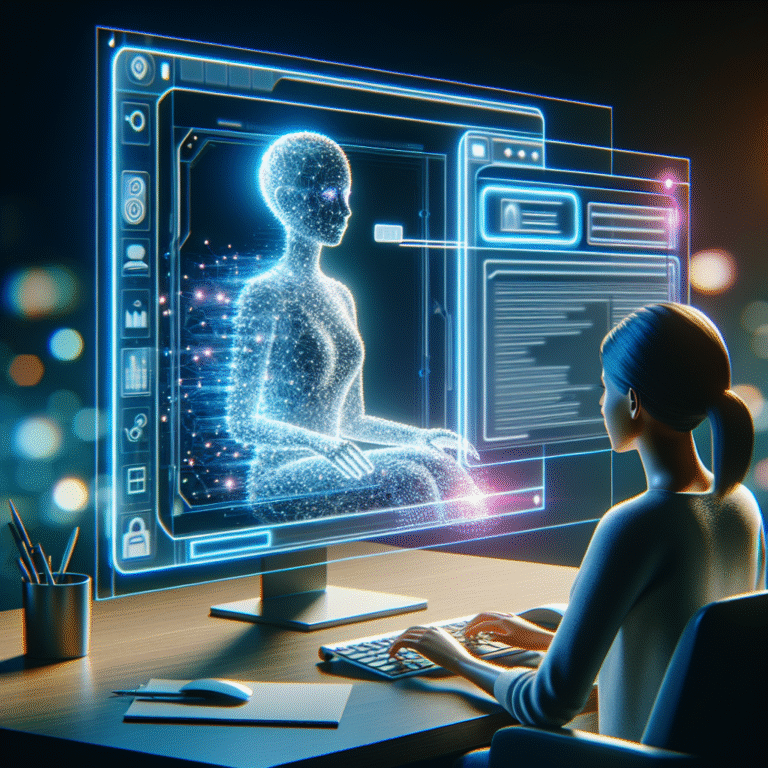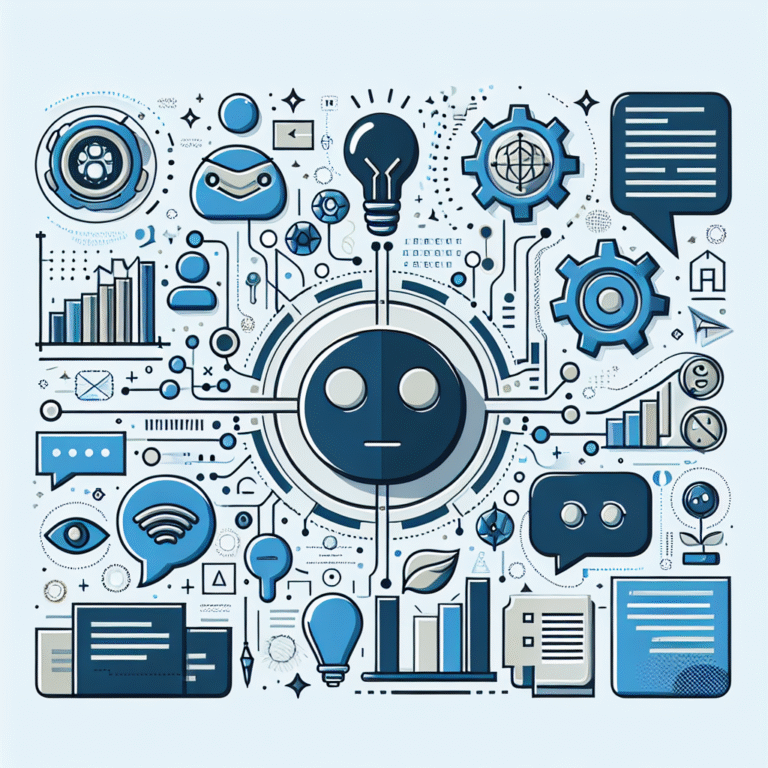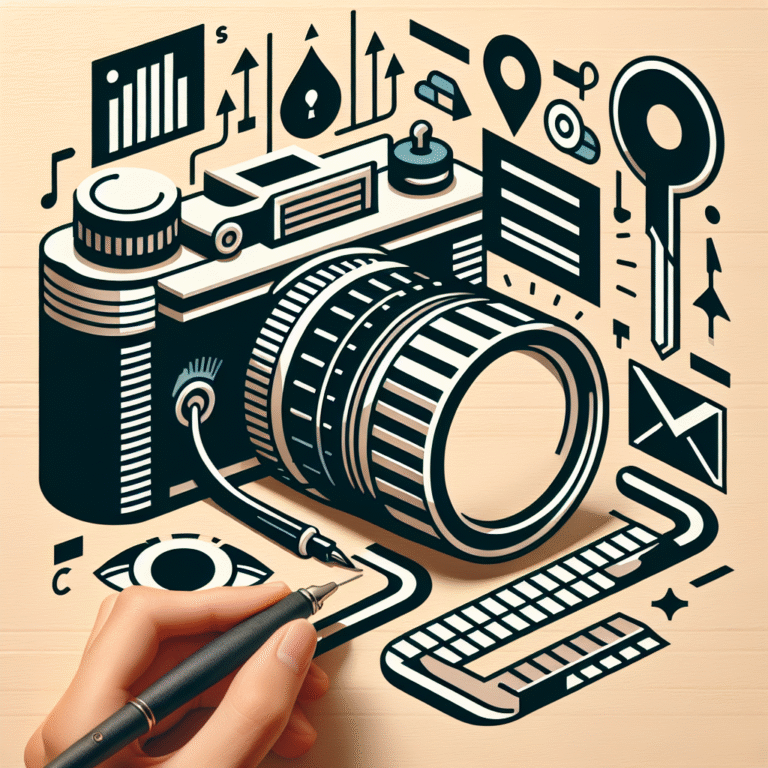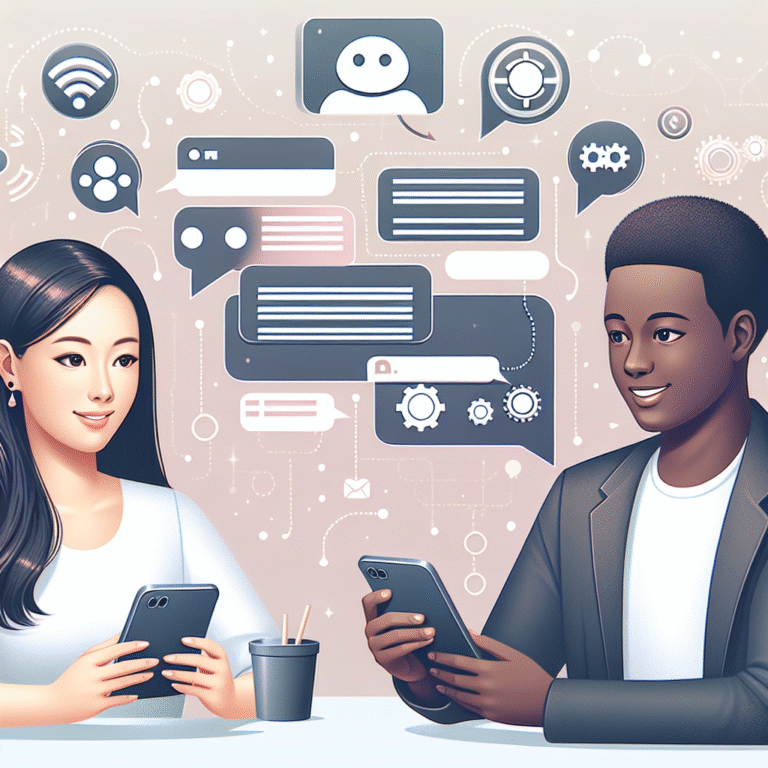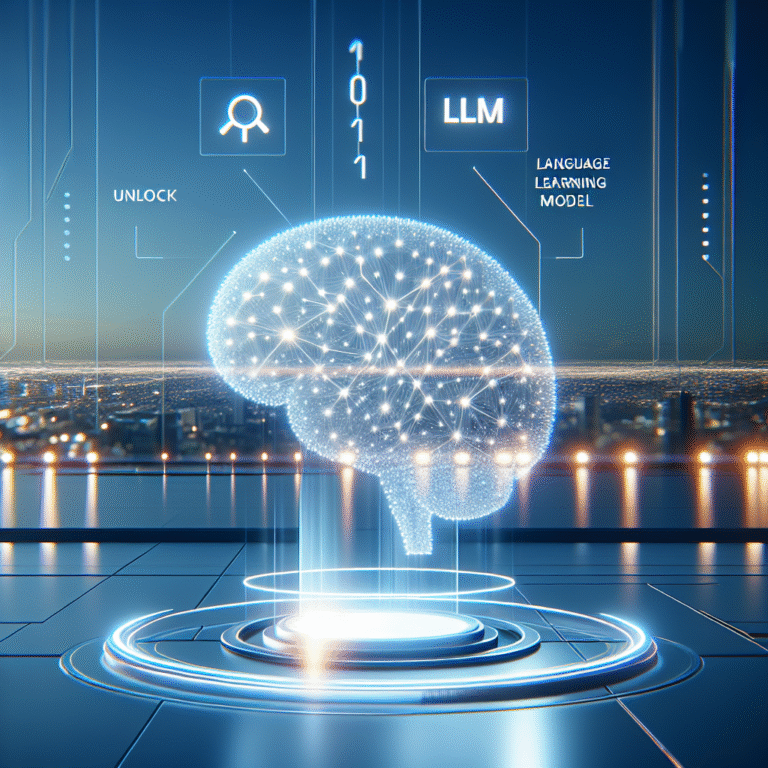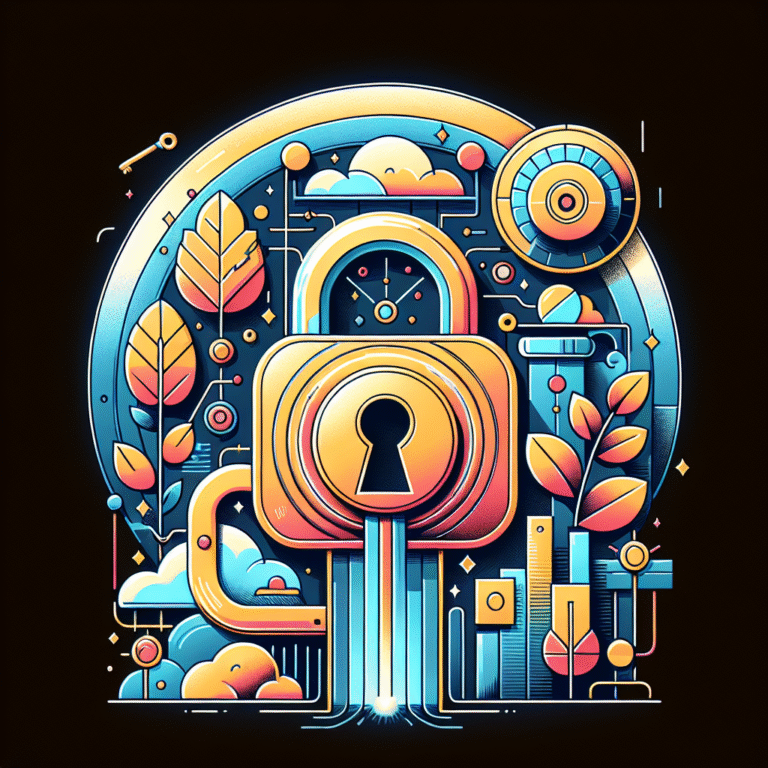Best Prompts for AI Art: Unlocking Creative Potential
p>Best prompts for AI art have become a crucial aspect of digital creativity, allowing users to generate stunning images, paintings, and designs with minimal effort. The quality of the prompt directly impacts the output of the AI algorithm, making it essential to craft well-structured and descriptive prompts. A good prompt should provide the AI with a clear understanding of the desired outcome, including the style, theme, and elements to be included. For instance, a prompt like “generate a futuristic cityscape with sleek skyscrapers and flying cars” will yield a vastly different result compared to “create a serene landscape with rolling hills and a sunset.” The key to unlocking the creative potential of AI art lies in the ability to communicate effectively with the algorithm, which can be achieved through practice, experimentation, and a deep understanding of the prompt’s components. By mastering the art of prompt crafting, users can unlock a world of possibilities, from generating realistic portraits to creating surreal and dreamlike scenarios. In this article, we will delve into the world of best prompts for AI art, exploring the techniques, strategies, and examples that can help you create breathtaking digital art.
Understanding the Basics of AI Art Prompts
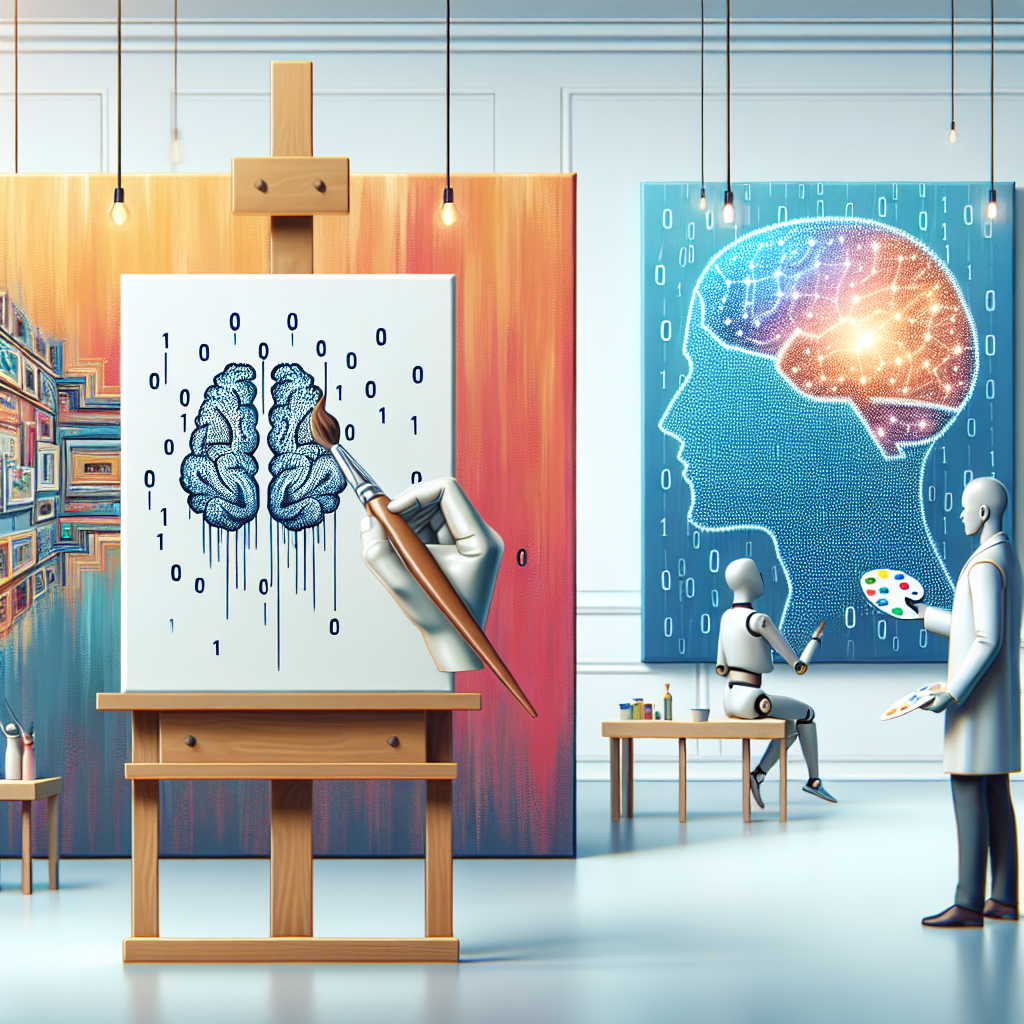
Before diving into the world of best prompts for AI art, it’s essential to understand the basics of how AI art algorithms work. Most AI art algorithms rely on a combination of natural language processing (NLP) and computer vision techniques to generate images. The NLP component analyzes the prompt and extracts relevant information, such as keywords, themes, and styles, which are then used to guide the image generation process. The computer vision component, on the other hand, uses this information to generate an image that matches the prompt’s description. To create effective prompts, users must consider the limitations and capabilities of the AI algorithm, including its ability to understand context, recognize objects, and replicate styles. By understanding these basics, users can craft prompts that are tailored to the algorithm’s strengths and weaknesses, resulting in more accurate and desirable outputs.
Breaking Down the Components of a Prompt
A well-structured prompt typically consists of several components, including the subject, style, theme, and description. The subject refers to the main object or character of the image, while the style refers to the aesthetic or artistic movement that the image should emulate. The theme, on the other hand, provides context and meaning to the image, while the description provides additional details and specifications. For example, a prompt like “generate a portrait of a young woman in the style of Van Gogh, with a theme of melancholy and a description of a rainy day” would yield a vastly different result compared to a prompt like “create a landscape of a sunny beach with a theme of relaxation and a description of palm trees and crystal-clear waters.” By breaking down the components of a prompt, users can create more targeted and effective prompts that yield desirable results.
Techniques for Crafting Effective Prompts
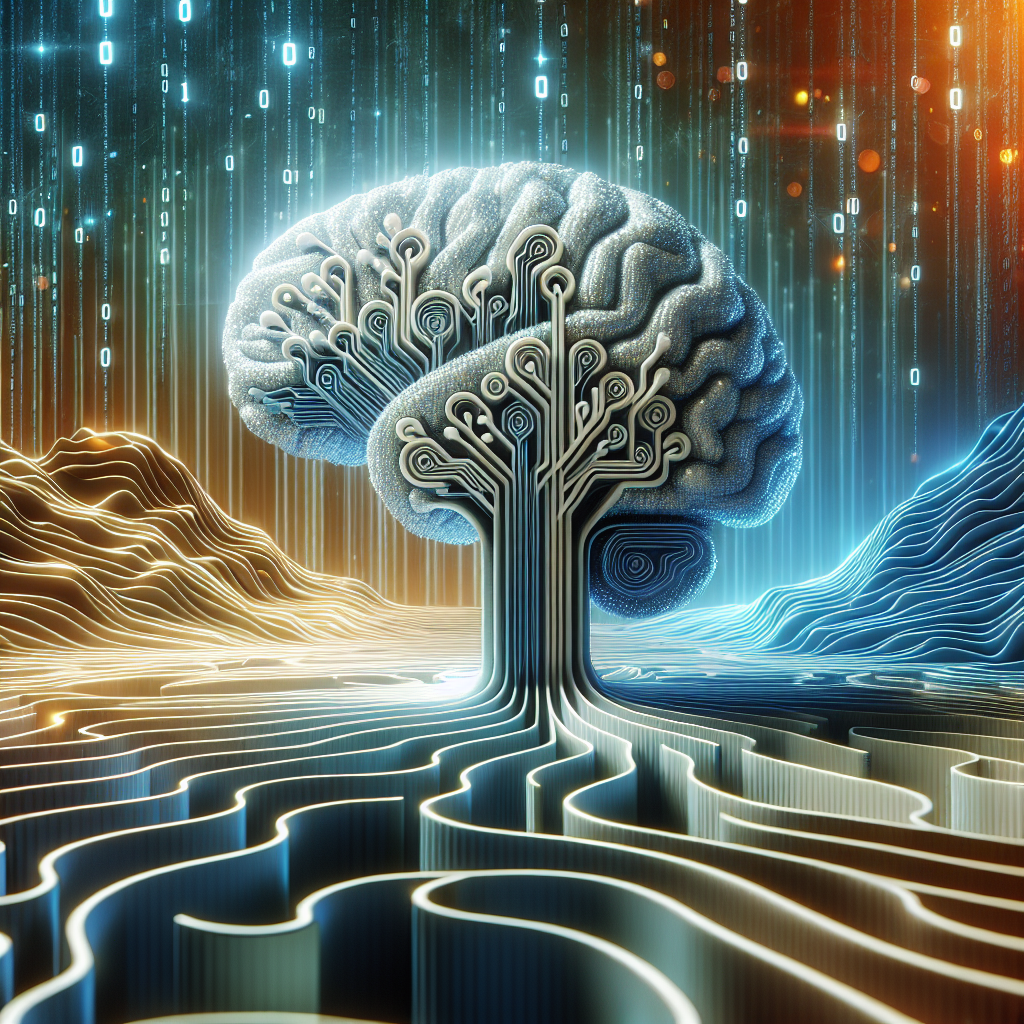
Crafting effective prompts for AI art requires a combination of creativity, experimentation, and practice. One technique for creating effective prompts is to use descriptive language, including adjectives, adverbs, and verbs that provide a clear and vivid description of the desired outcome. Another technique is to provide context and background information, which can help the AI algorithm understand the theme and meaning behind the image. Users can also experiment with different styles and themes, combining elements from various artistic movements and genres to create unique and innovative prompts. Additionally, users can use reference images or real-world examples to guide the AI algorithm, providing a visual representation of the desired outcome. By using these techniques, users can create prompts that are tailored to the AI algorithm’s capabilities and yield stunning and realistic results.
Using Reference Images and Real-World Examples
Using reference images and real-world examples can be a powerful technique for crafting effective prompts for AI art. By providing a visual representation of the desired outcome, users can guide the AI algorithm and ensure that the generated image meets their expectations. Reference images can be used to provide context, demonstrate style, and illustrate themes, while real-world examples can provide a benchmark for realism and accuracy. For instance, a user can provide a reference image of a famous painting or photograph, asking the AI algorithm to generate a similar image with a specific theme or style. Alternatively, a user can provide a real-world example of a landscape or object, asking the AI algorithm to generate a stylized or abstract representation. By using reference images and real-world examples, users can create more targeted and effective prompts that yield desirable results.
Examples and Case Studies of best Prompts for AI Art
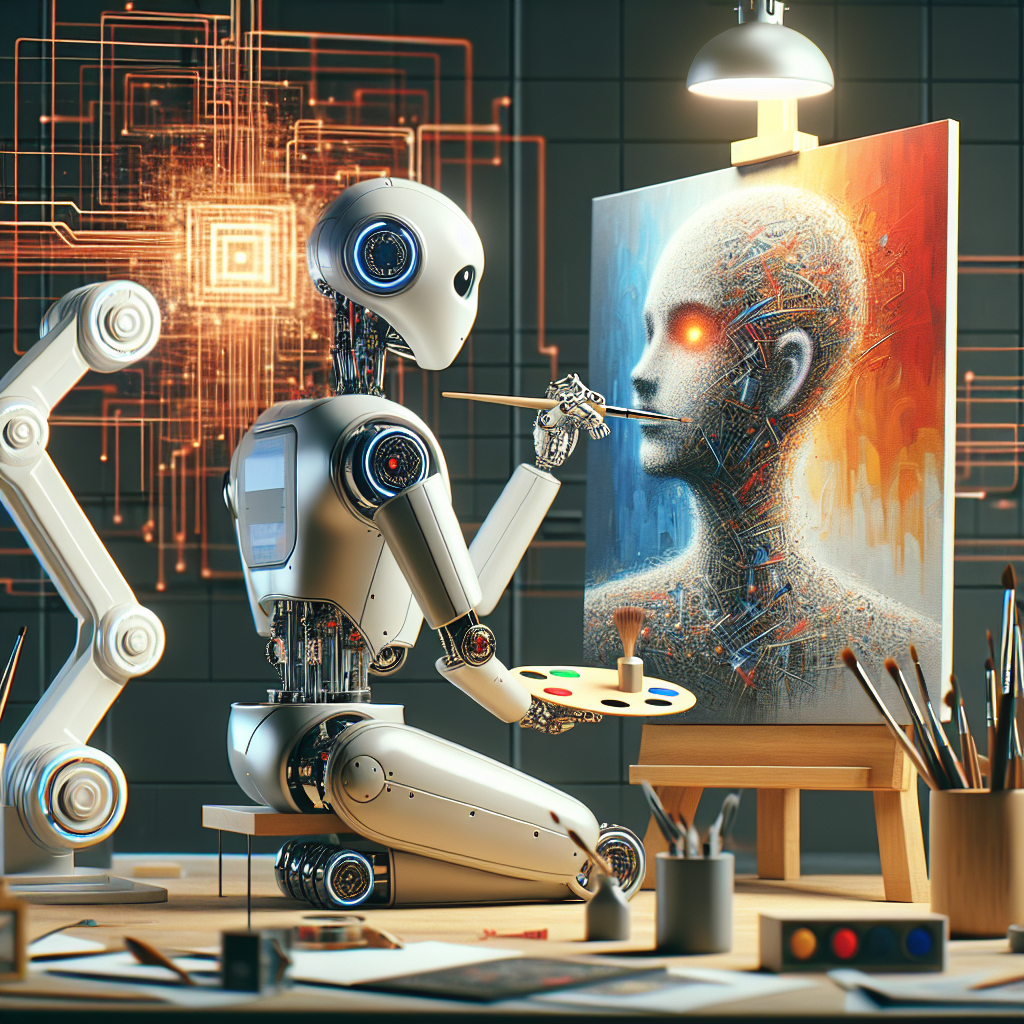
There are numerous examples and case studies of best prompts for AI art, each demonstrating the creative potential and versatility of AI algorithms. For instance, a prompt like “generate a portrait of a historical figure in the style of a modern artist” can yield a stunning and thought-provoking image that challenges our perceptions of art and history. Another example is a prompt like “create a landscape of a fantastical world with a theme of adventure and a description of rolling hills and towering mountains,” which can result in a breathtaking and immersive image that transports the viewer to a new and exciting world. By studying these examples and case studies, users can gain insights into the techniques and strategies used to craft effective prompts, as well as the capabilities and limitations of the AI algorithm. Additionally, users can experiment with different prompts and styles, creating their own unique and innovative examples of AI art.
Real-World Applications of AI Art prompts
The real-world applications of AI art prompts are numerous and varied, ranging from commercial and marketing applications to educational and artistic pursuits. For instance, AI art prompts can be used to generate product images, logos, and branding materials, providing businesses with a cost-effective and efficient way to create high-quality visual content. AI art prompts can also be used in education, providing students with a interactive and engaging way to learn about art, history, and culture. Additionally, AI art prompts can be used by artists and designers, providing a new and innovative tool for creative expression and exploration. By understanding the real-world applications of AI art prompts, users can unlock the full potential of this technology, creating stunning and realistic images that meet their needs and exceed their expectations.
Conclusion and Future Directions
In conclusion, the best prompts for AI art are those that are well-structured, descriptive, and tailored to the capabilities and limitations of the AI algorithm. By understanding the basics of AI art prompts, breaking down the components of a prompt, and using techniques such as descriptive language and reference images, users can create effective prompts that yield stunning and realistic results. As the field of AI art continues to evolve and improve, we can expect to see new and innovative applications of this technology, ranging from commercial and marketing applications to educational and artistic pursuits. By staying at the forefront of this technology and experimenting with new prompts and styles, users can unlock the full potential of AI art, creating breathtaking and immersive images that challenge our perceptions and push the boundaries of creativity.
Final Thoughts and Recommendations
As we look to the future of AI art, it’s essential to consider the potential risks and challenges associated with this technology. One of the primary concerns is the potential for AI art to displace human artists and designers, leading to job losses and economic disruption. However, it’s also important to recognize the potential benefits of AI art, including its ability to augment human creativity, provide new and innovative tools for artistic expression, and democratize access to high-quality visual content. To mitigate the risks and maximize the benefits of AI art, it’s essential to develop guidelines and regulations that ensure the responsible use of this technology. Additionally, it’s crucial to provide education and training programs that help artists and designers develop the skills they need to work effectively with AI algorithms. By taking a proactive and responsible approach to the development and deployment of AI art, we can unlock the full potential of this technology and create a brighter, more creative future for all.
Furthermore, the future of AI art is likely to be shaped by advances in areas such as computer vision, natural language processing, and machine learning. As these technologies continue to improve, we can expect to see more sophisticated and realistic AI art, as well as new and innovative applications of this technology. Additionally, the rise of virtual and augmented reality is likely to play a significant role in the development of AI art, providing new and immersive ways to experience and interact with digital art. By staying at the forefront of these technological advances and experimenting with new prompts and styles, users can unlock the full potential of AI art and create breathtaking and immersive images that challenge our perceptions and push the boundaries of creativity.
In addition to the technological advances, the future of AI art is also likely to be shaped by societal and cultural factors. As AI art becomes more ubiquitous and accessible, we can expect to see a shift in the way we perceive and interact with art. For instance, AI art may become more integrated into our daily lives, with AI-generated images and designs appearing in everything from advertising and marketing materials to public art installations and museum exhibitions. Additionally, the rise of AI art may also lead to new and innovative forms of artistic expression, as artists and designers experiment with the capabilities and limitations of this technology. By understanding these societal and cultural factors, users can unlock the full potential of AI art and create stunning and realistic images that meet their needs and exceed their expectations.
Finally, as we look to the future of AI art, it’s essential to consider the potential for this technology to be used in a variety of contexts, from commercial and marketing applications to educational and artistic pursuits. By understanding the versatility and adaptability of AI art, users can unlock the full potential of this technology and create breathtaking and immersive images that challenge our perceptions and push the boundaries of creativity. Whether you’re an artist, designer, marketer, or simply someone who appreciates the beauty and power of art, AI art has the potential to inspire, educate, and delight. So why not give it a try? Experiment with different prompts and styles, and see what amazing things you can create with the power of AI art.
As we conclude this article on the best prompts for AI art, we hope that you have gained a deeper understanding of the techniques, strategies, and examples that can help you create stunning and realistic digital art. From understanding the basics of AI art prompts to experimenting with different styles and themes, there are many ways to unlock the creative potential of this technology. By staying at the forefront of this technology and pushing the boundaries of what is possible, we can create a brighter, more creative future for all. So don’t be afraid to experiment, take risks, and try new things – the world of AI art is full of endless possibilities, and we can’t wait to see what you create.
And as a final note, we would like to encourage you to keep exploring the world of AI art, to keep pushing the boundaries of what is possible, and to keep creating stunning and realistic images that inspire and delight. Whether you’re a seasoned artist or just starting out, AI art has the potential to unlock new levels of creativity and expression, and we’re excited to see what the future holds for this technology. So keep creating, keep experimenting, and keep pushing the boundaries of what is possible – the world of AI art is waiting for you.
In the end, the best prompts for AI art are those that are well-structured, descriptive, and tailored to the capabilities and limitations of the AI algorithm. By understanding the basics of AI art prompts, breaking down the components of a prompt, and using techniques such as descriptive language and reference images, users can create effective prompts that yield stunning and realistic results. As the field of AI art continues to evolve and improve, we can expect to see new and innovative applications of this technology, ranging from commercial and marketing applications to educational and artistic pursuits. By staying at the forefront of this technology and experimenting with new prompts and styles, users can unlock the full potential of AI art, creating breathtaking and immersive images that challenge our perceptions and push the boundaries of creativity.
